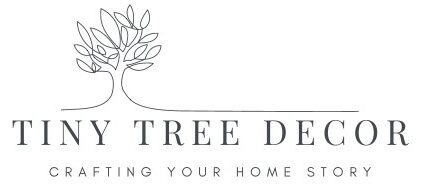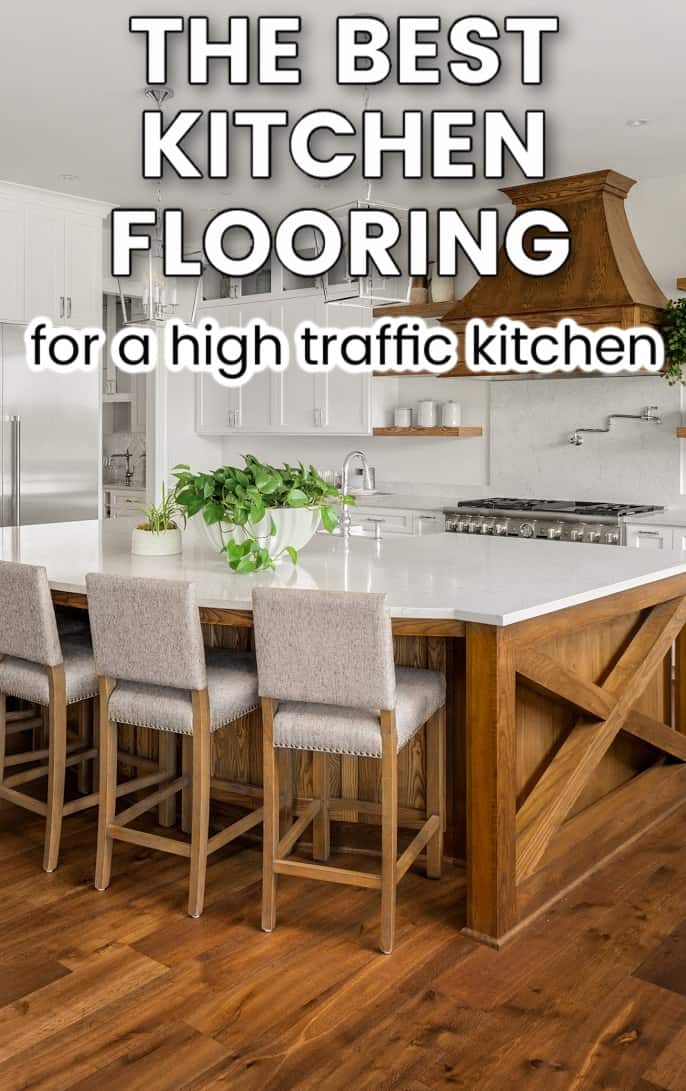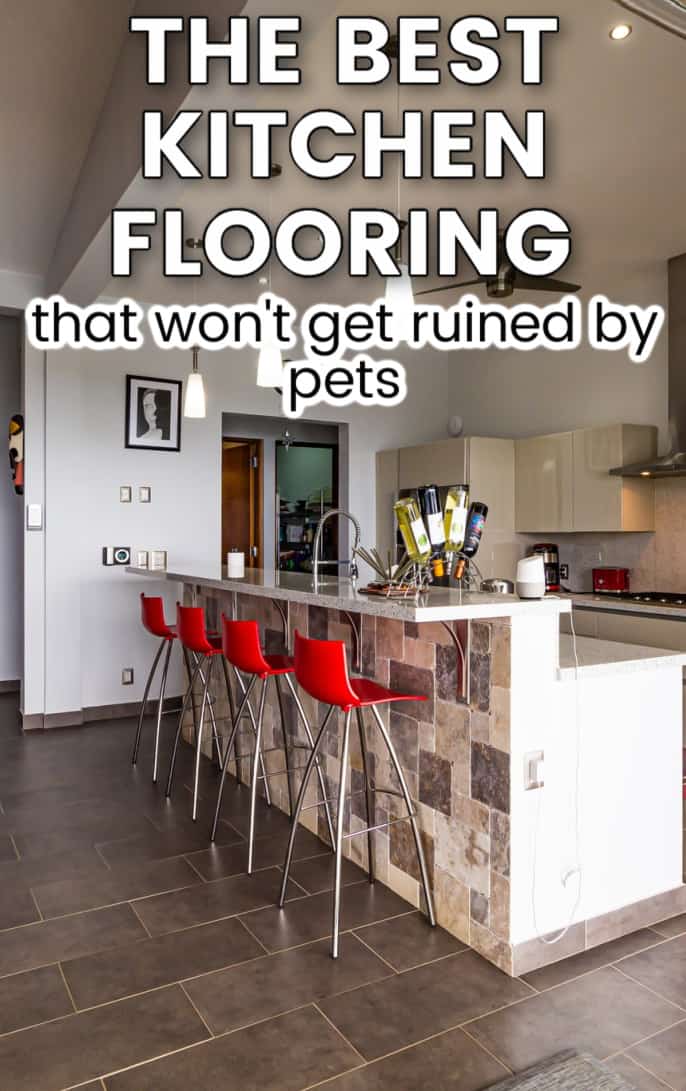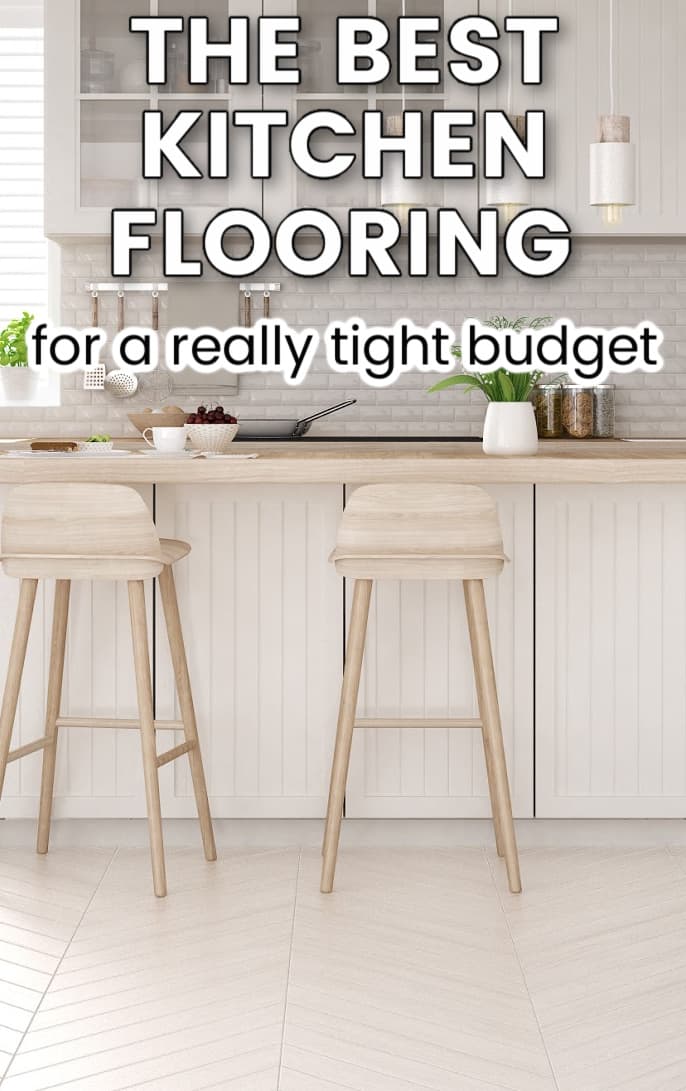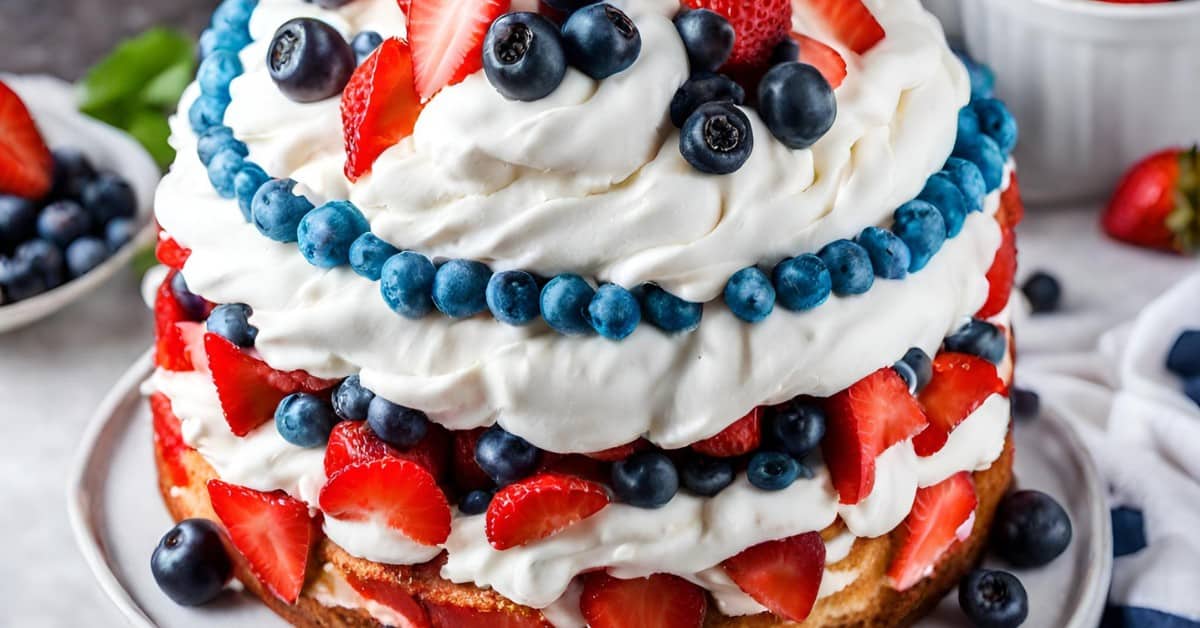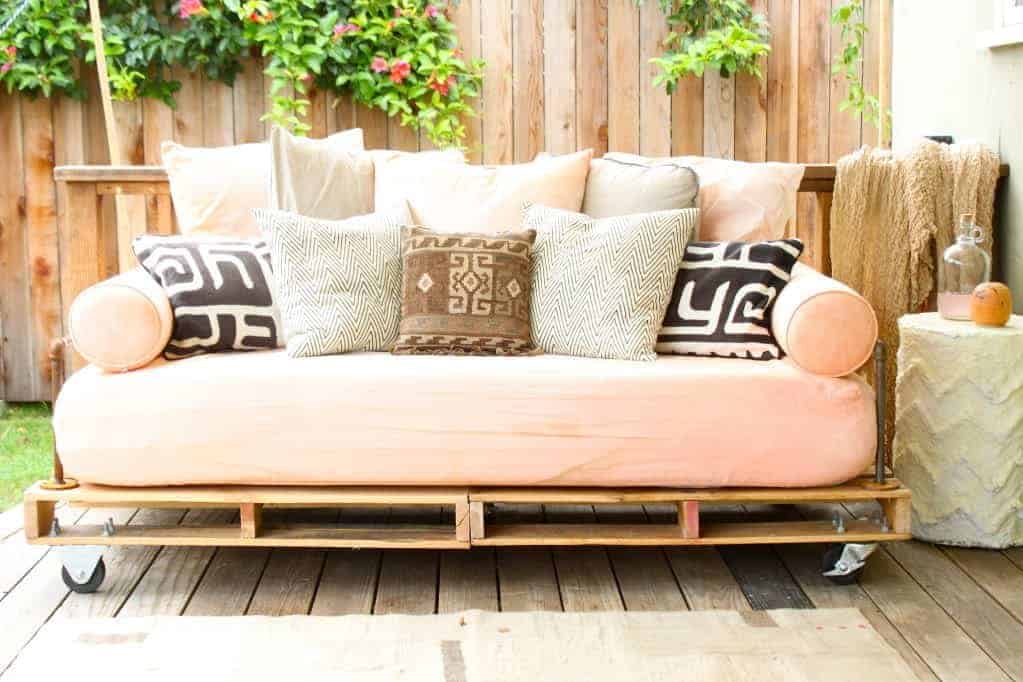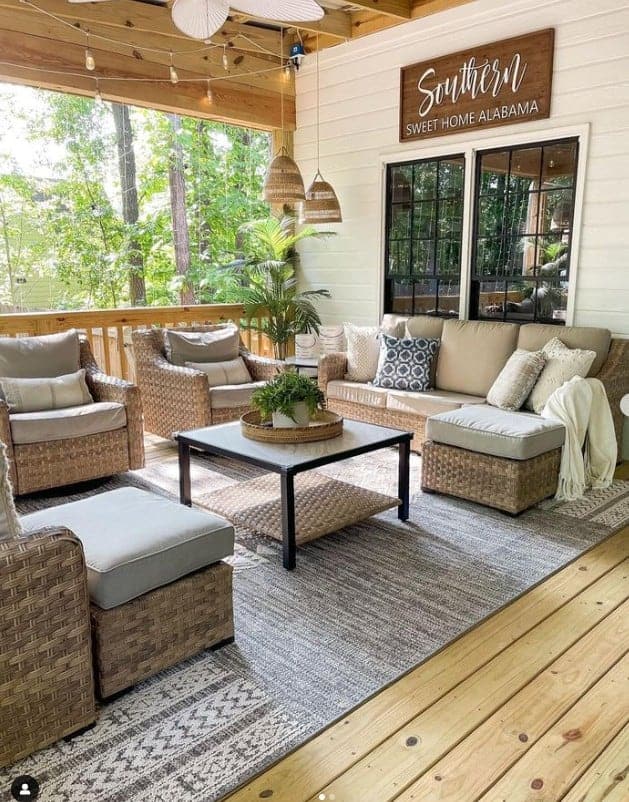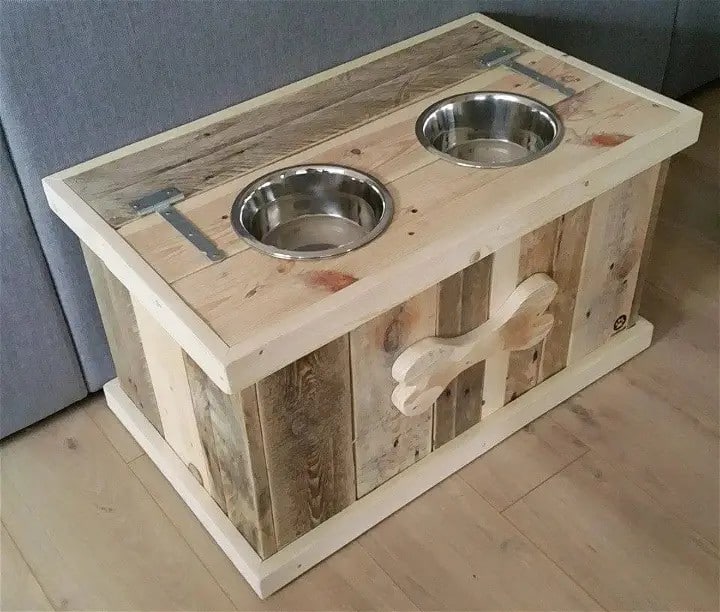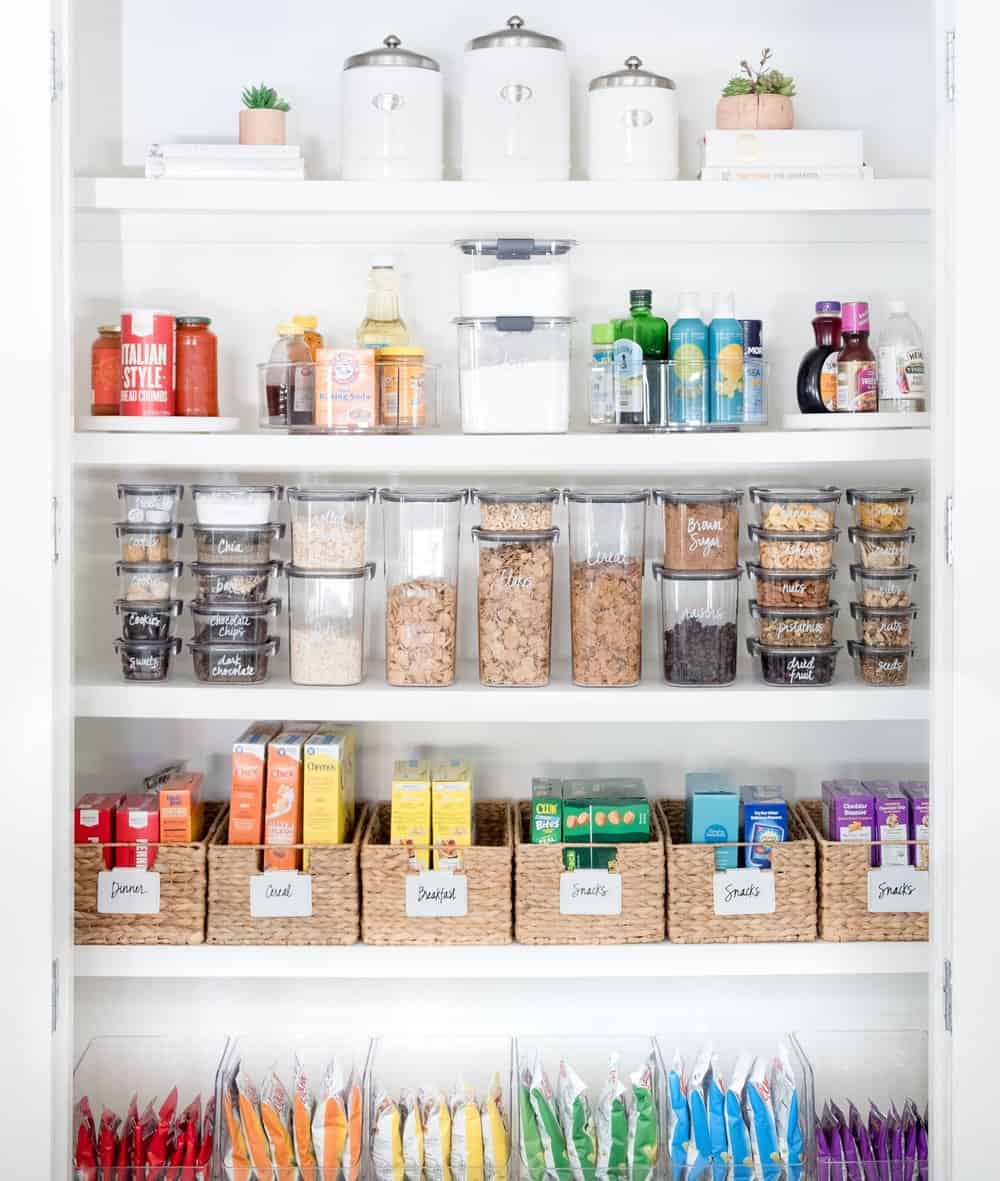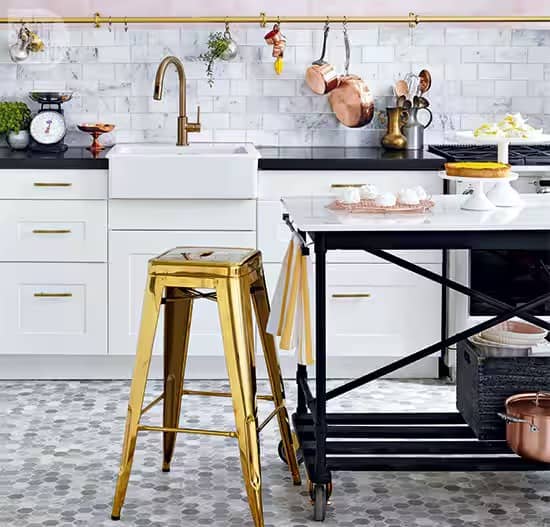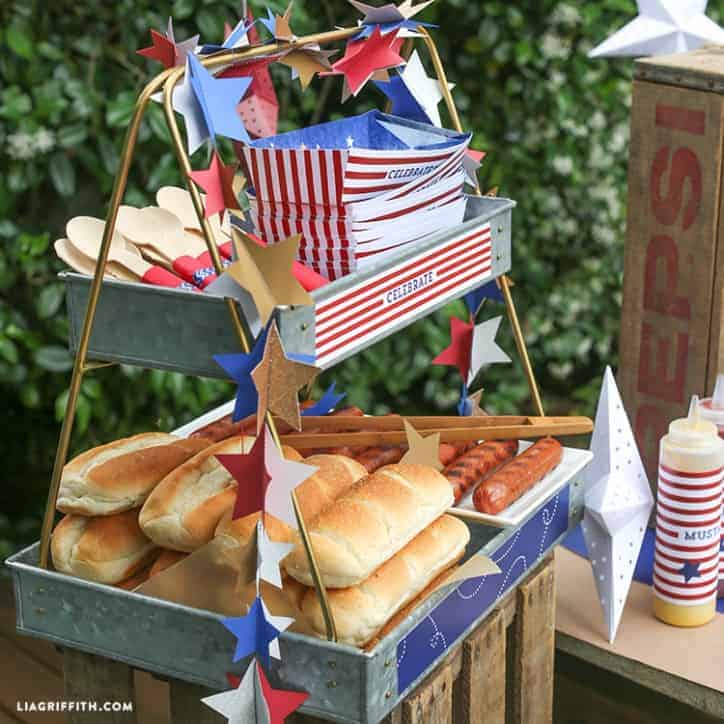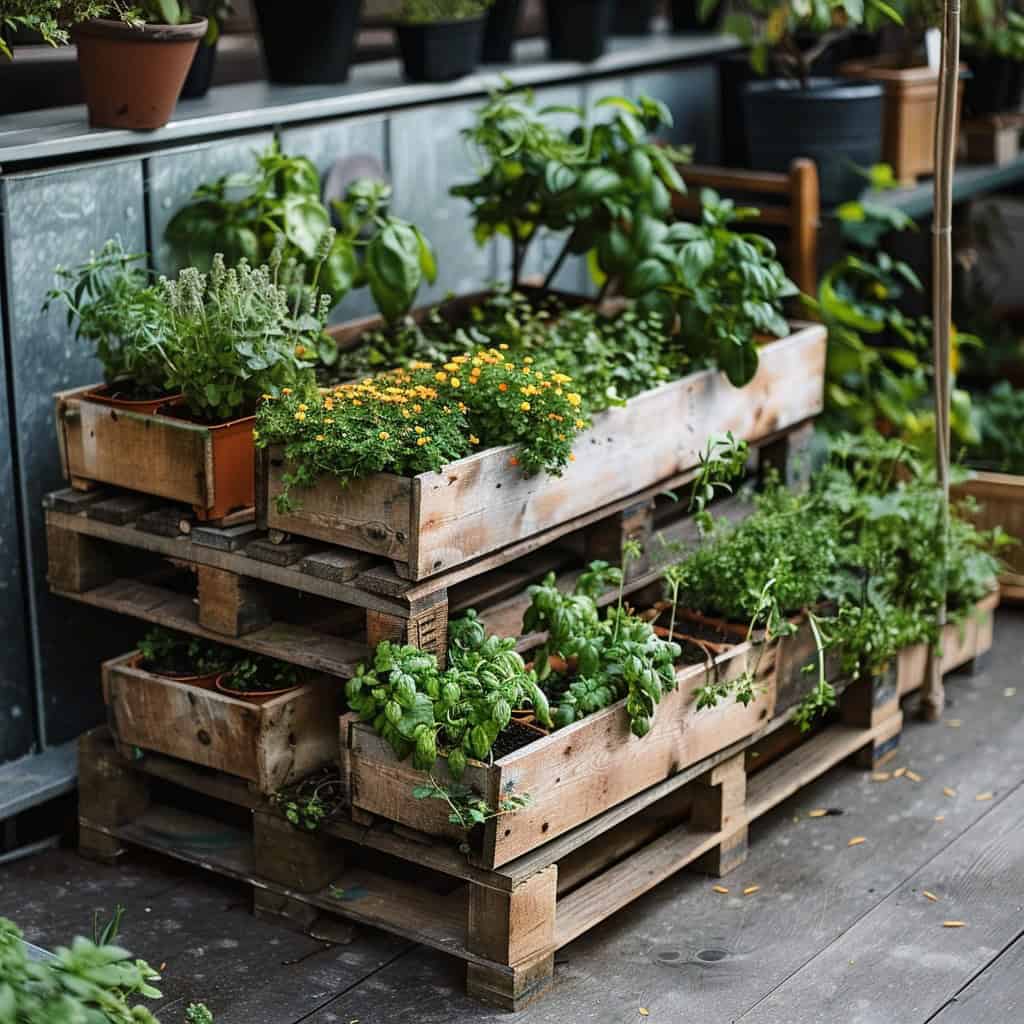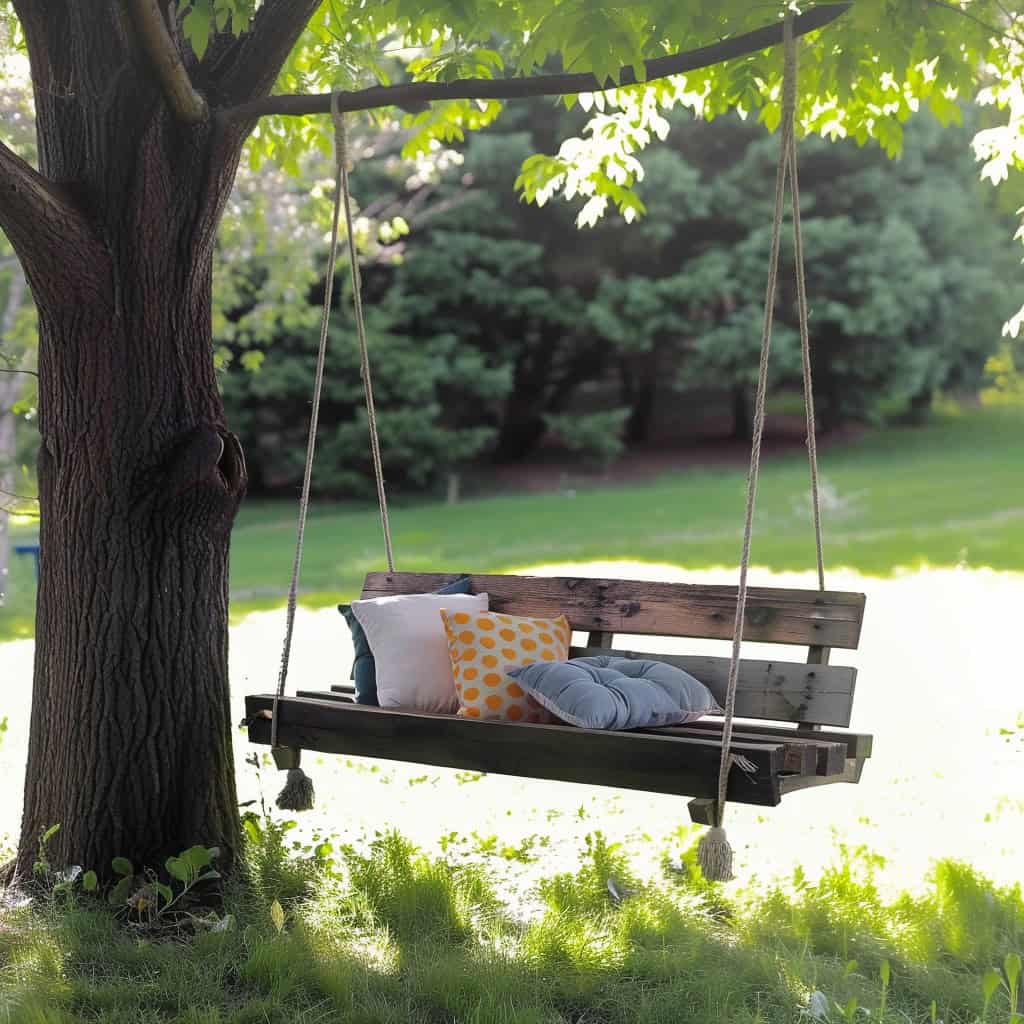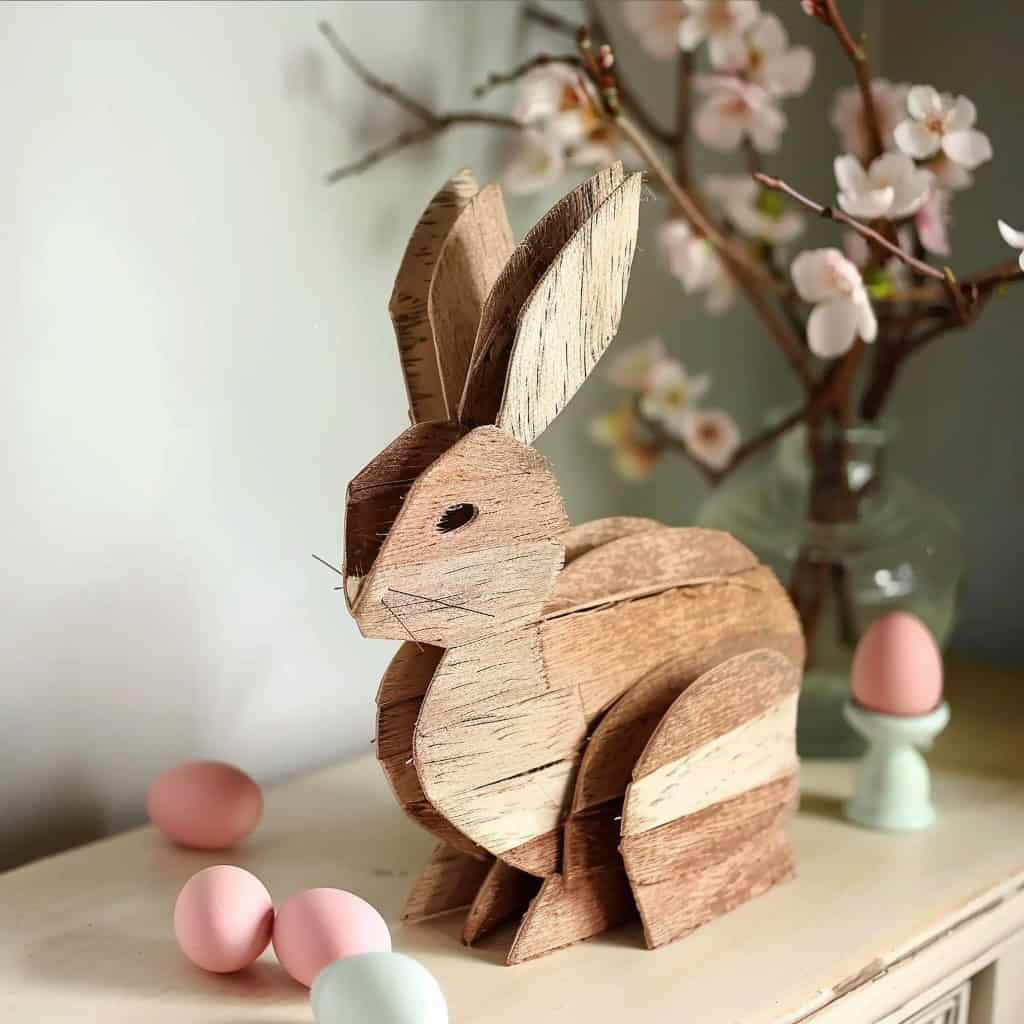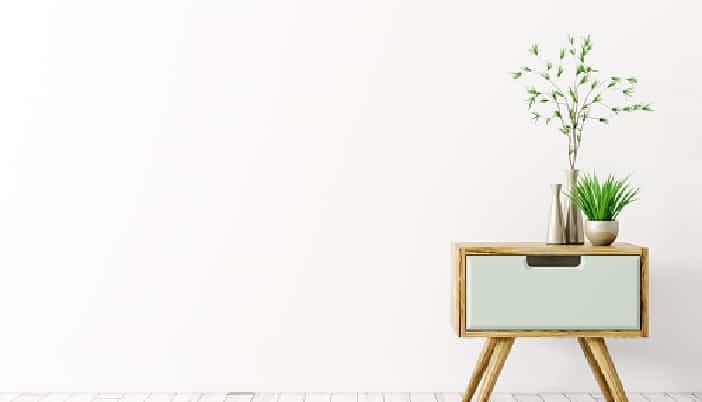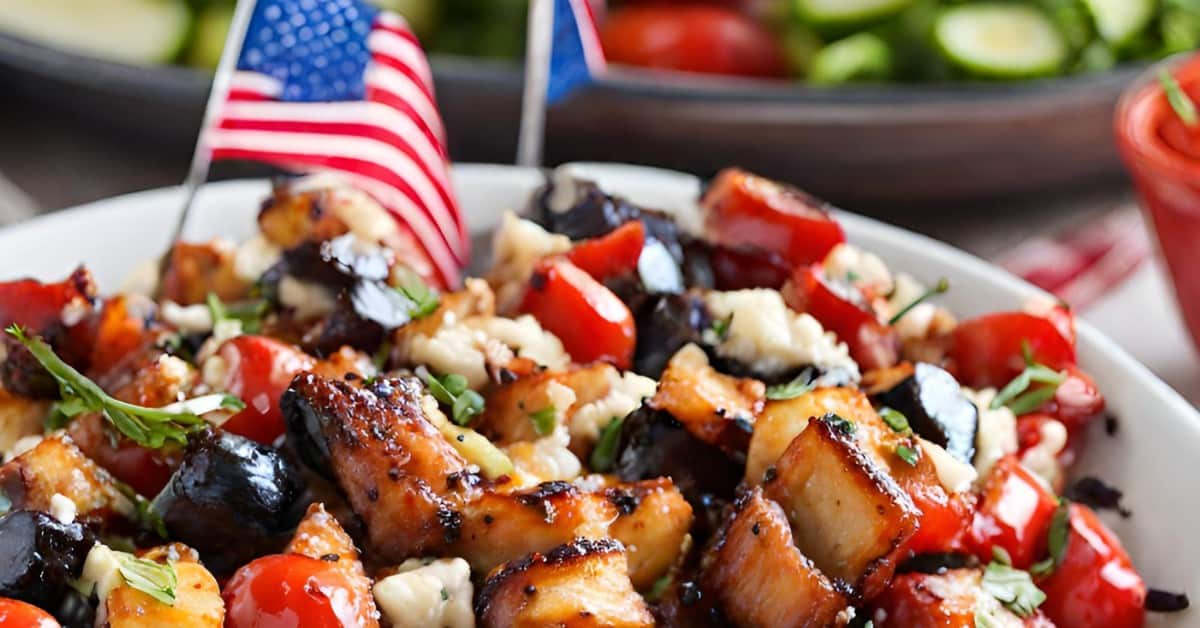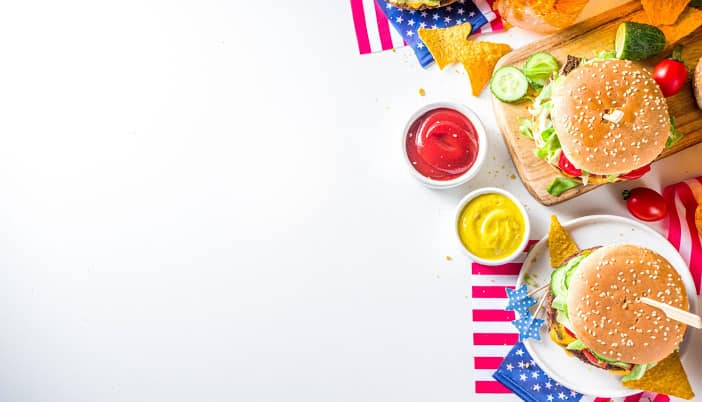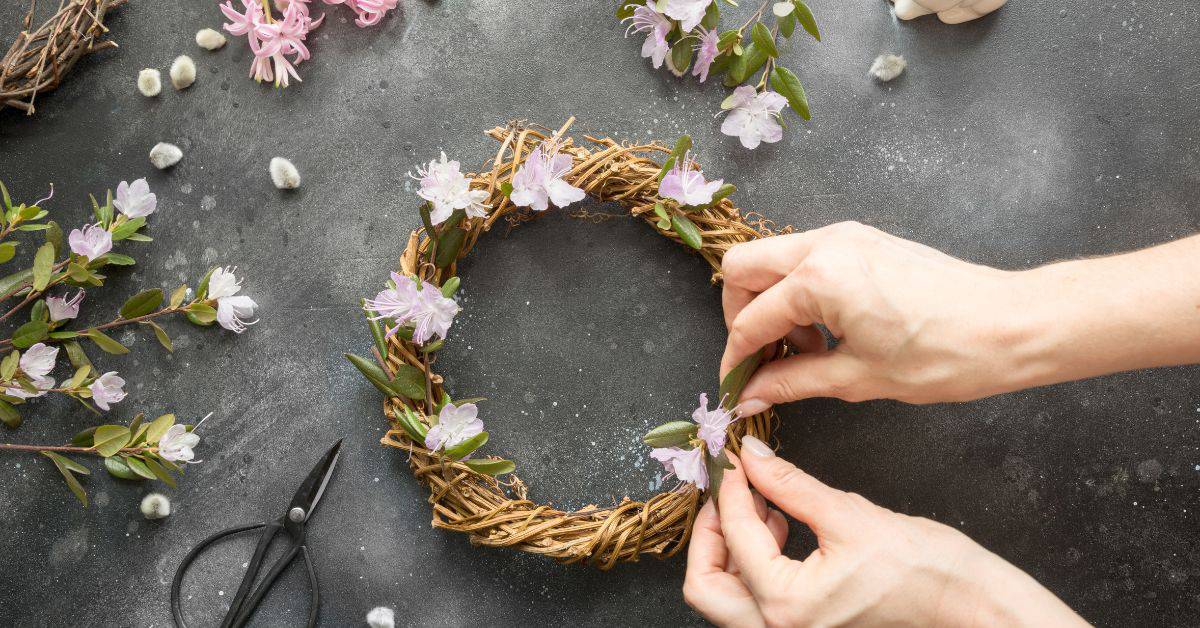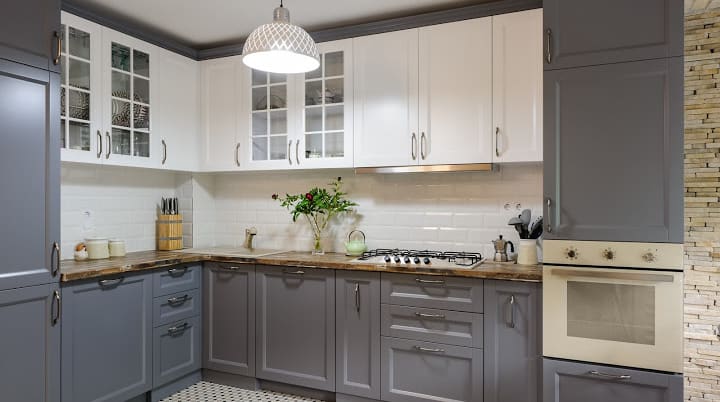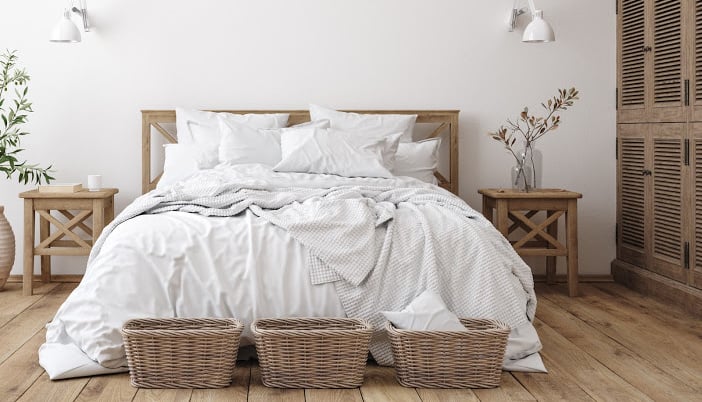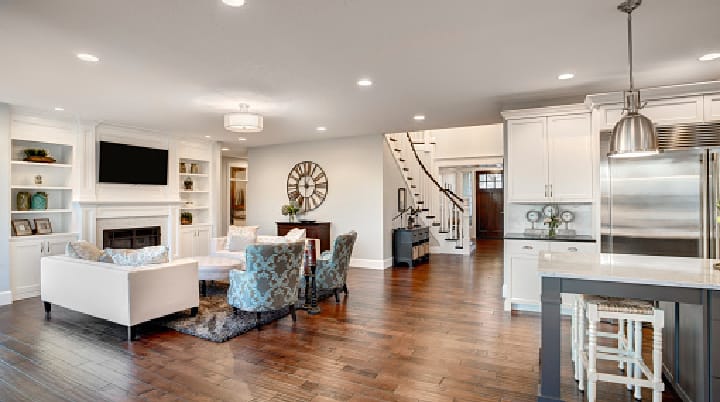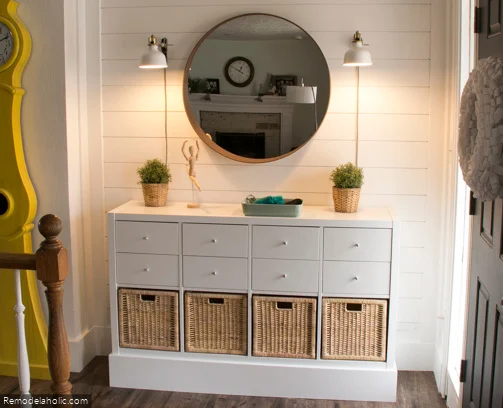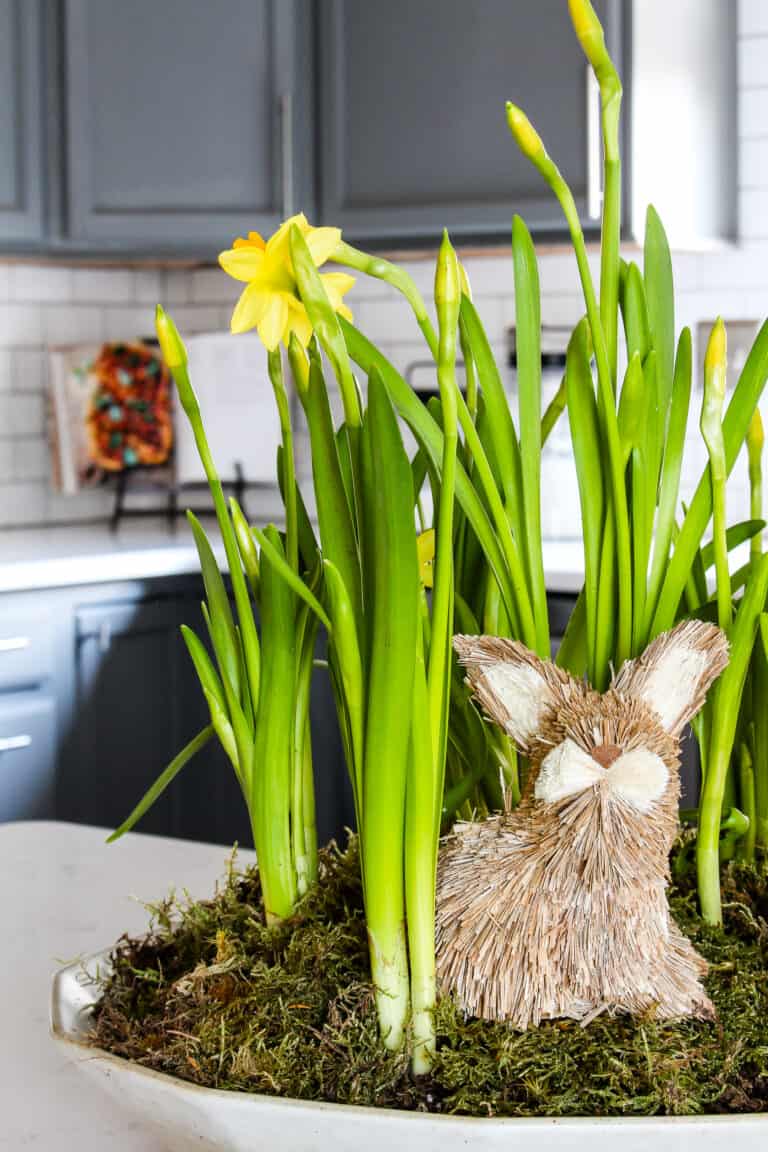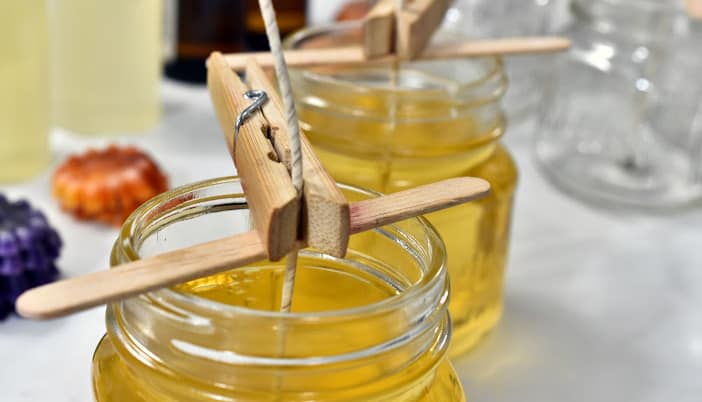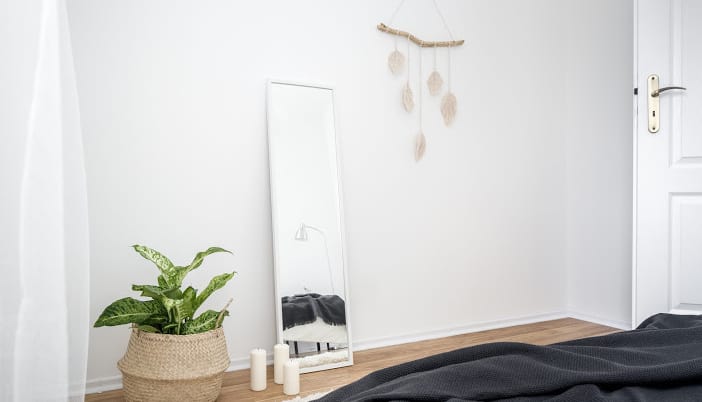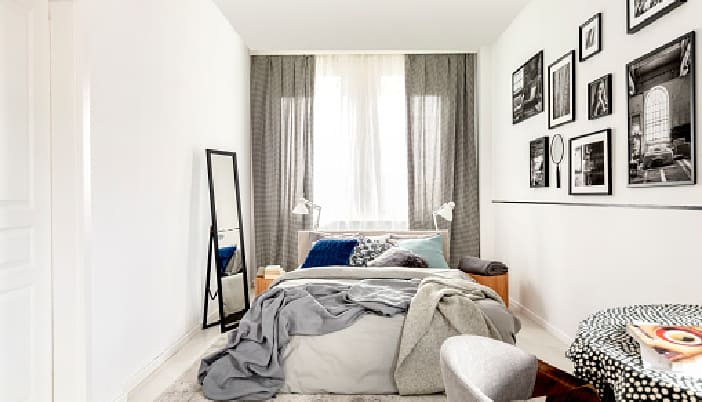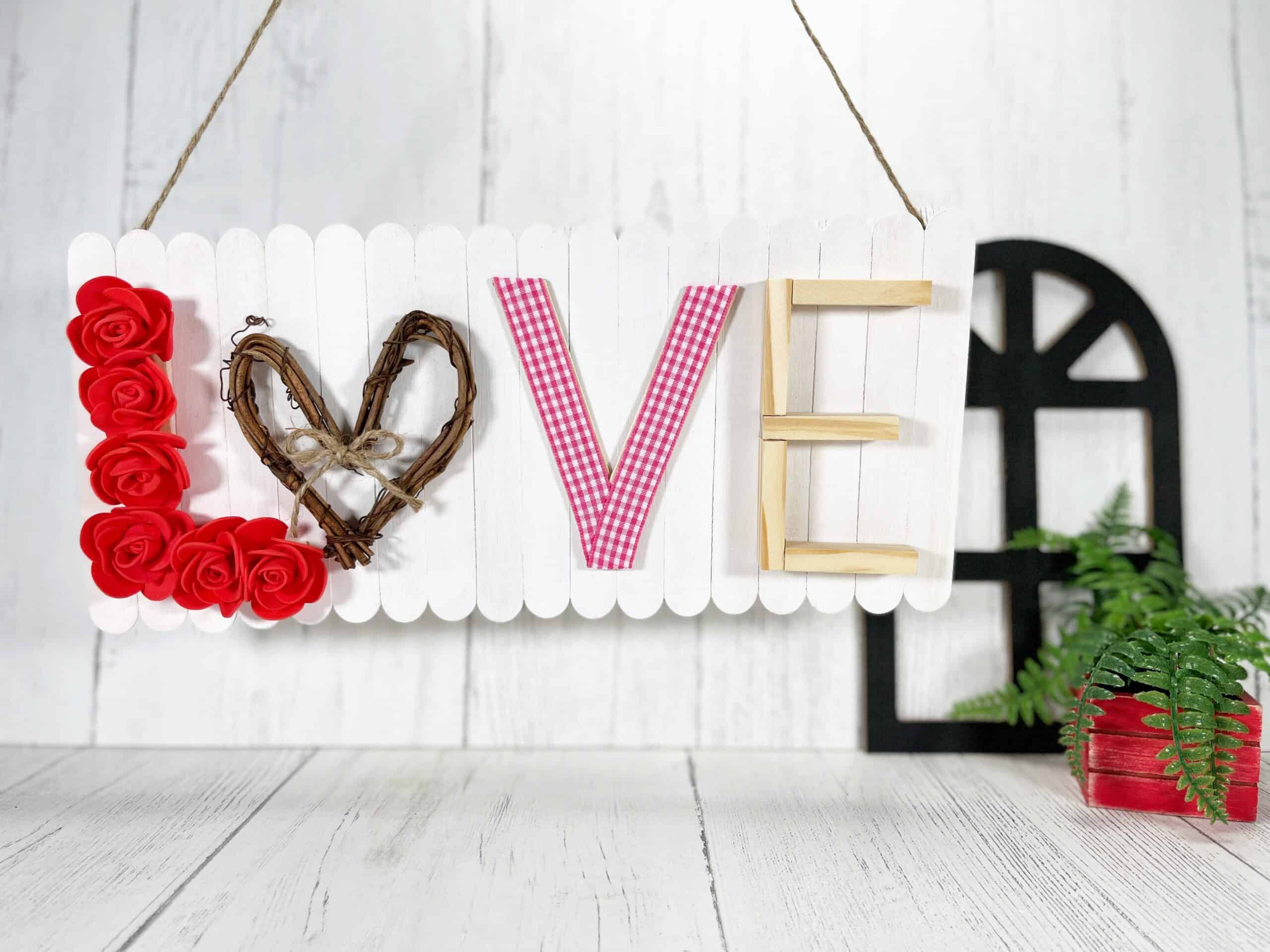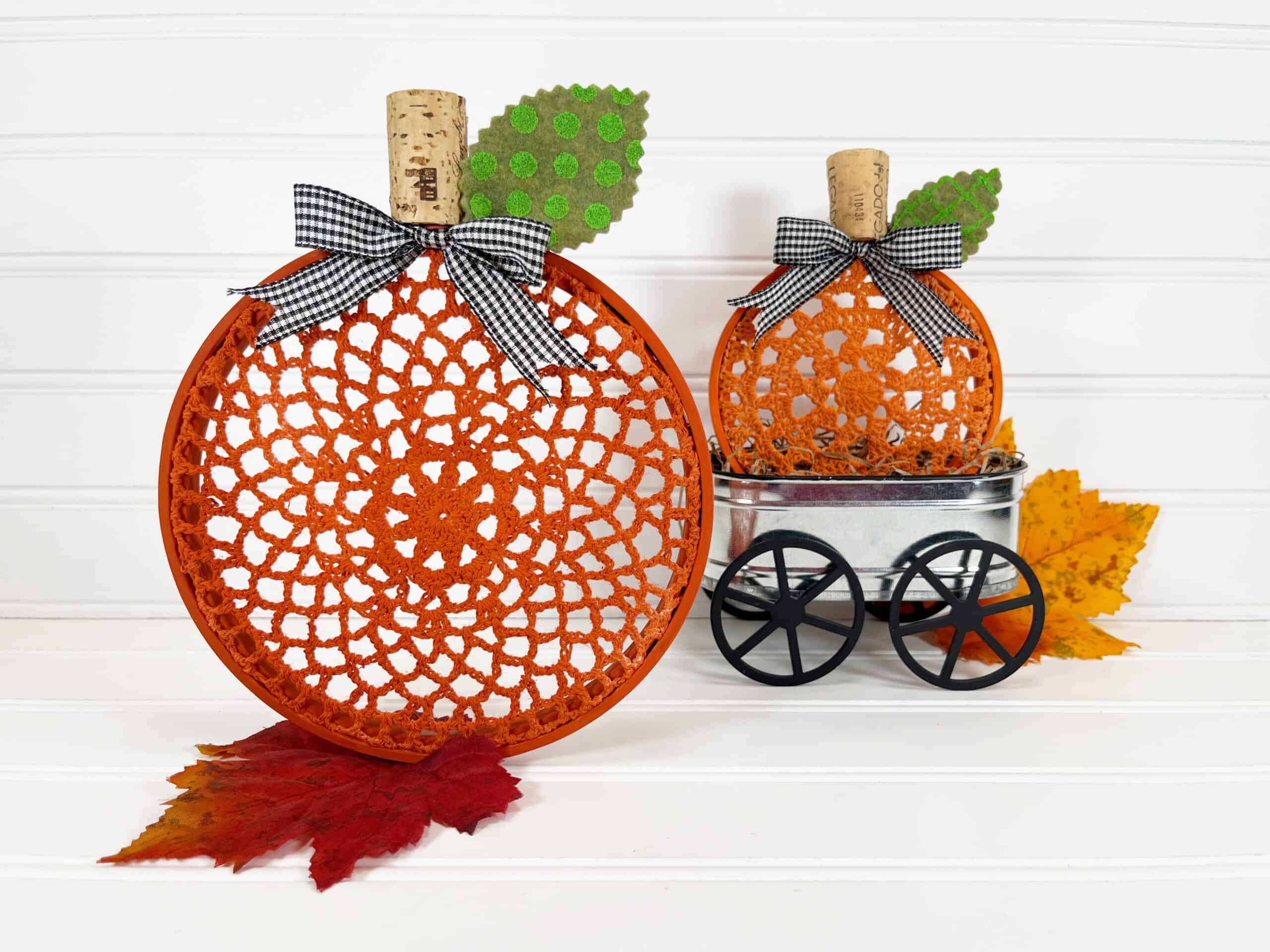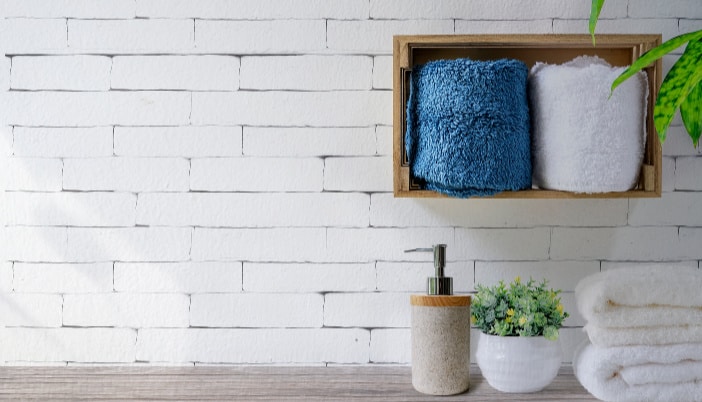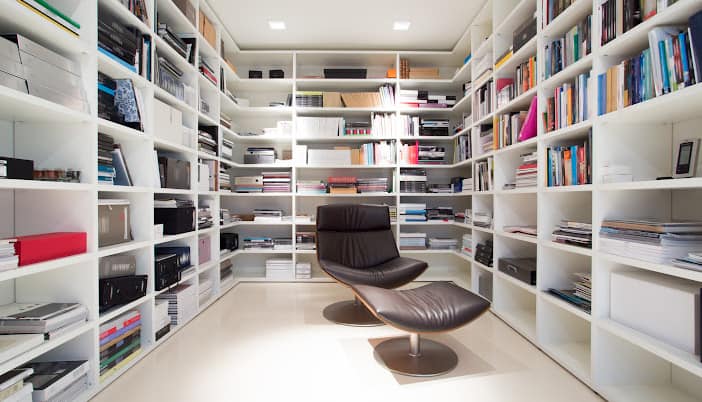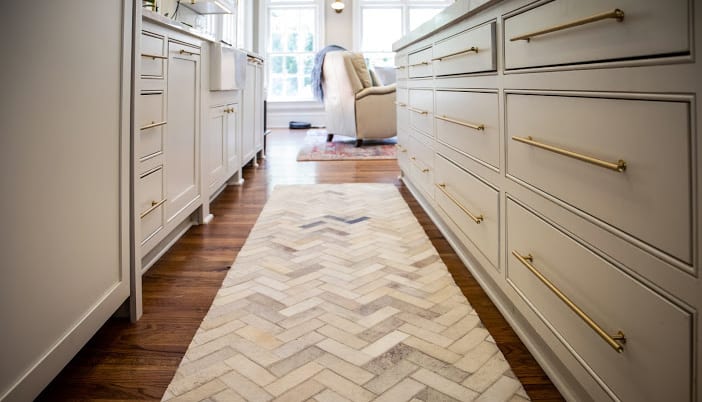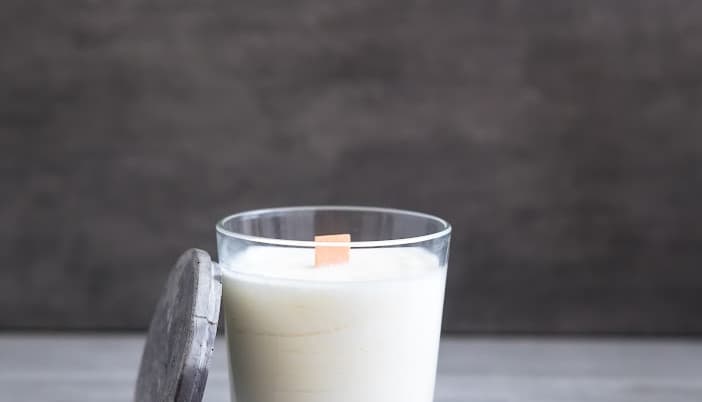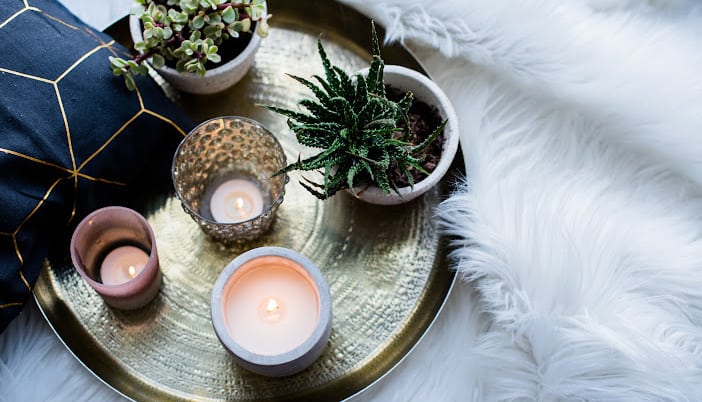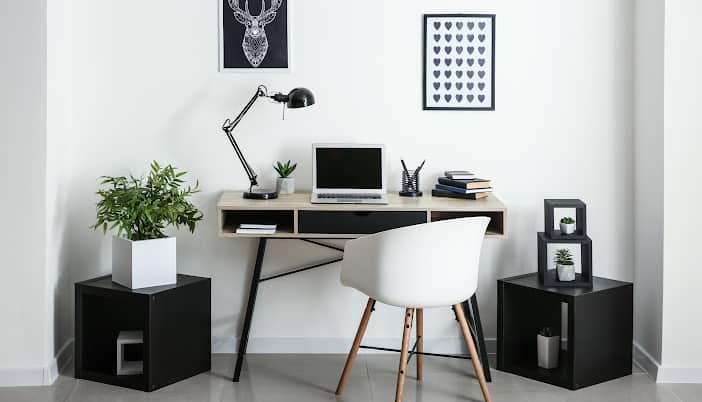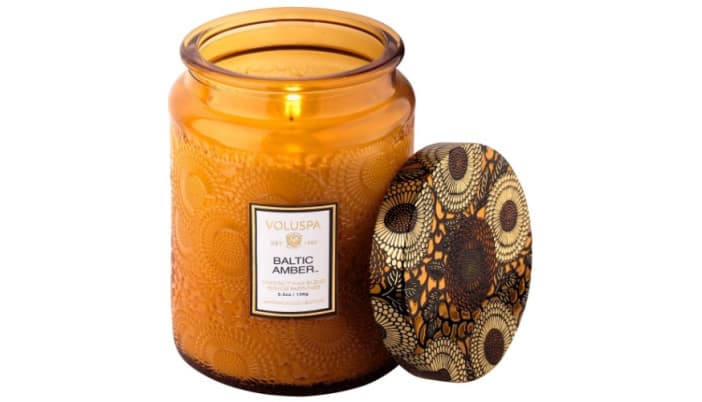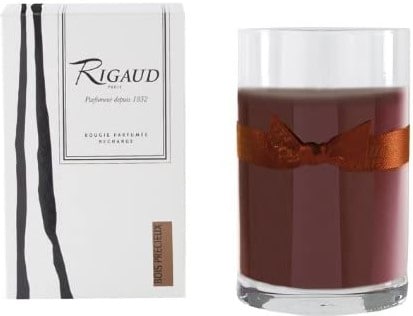When the time comes to replace the flooring in a kitchen, homeowners are often met with a huge range of different options, which can be somewhat overwhelming.
This post contains affiliate links. Please read our full disclosure here.
Even if you know that you want a wooden floor, for example, you’ll still have to choose between solid wood, engineered wood and laminate. Then there are porcelain tiles and vinyl sheets which can be made to look exactly like wood, but without some of wood’s key disadvantages.
To help you to decide which is the best kitchen floor material for your home, this helpful guide breaks down each option and suggests the best materials to consider, depending on your individual circumstances.
This post contains affiliate links. Please see our disclosure for all the details.

Popular kitchen flooring options to consider
When it comes to kitchen flooring, there are so many different materials to choose from – some of which you might never have considered. So, let’s start with an overview of all of the different kitchen flooring options.
Hardwood: Wooden floors look beautiful, are durable and moisture-resistant. However, real wood flooring is expensive.
Laminate: A cheaper alternative to real wood, this synthetic flooring looks just like the real thing but isn’t as long-lasting.
Bamboo: Bamboo flooring is very similar to wood, yet because bamboo grows faster than trees it’s a more sustainable option.
Stone tiles: Stone flooring gives a kitchen a natural look and is very durable, however it is expensive and can feel hard and cold underfoot.
Ceramic tiles: Ceramic tiles are cheaper than stone and are easier to install, but they can be very slippery when wet.
Porcelain tiles: These are very similar to ceramic tiles, the main differences being that they’re more hard-wearing and have a higher price tag.
Vinyl sheet: This plastic-based flooring can mimic the look of wood or natural stone. It’s cheap and wipe-clean, but not great for the environment.
Vinyl tiles: Rather than one large sheet, vinyl tiles are small so can mimic the look of ceramic or porcelain tiling.
Linoleum: Lino is made from natural biodegradable materials, so it’s more eco-friendly than vinyl. The downside is that it needs waxing every couple of years.
Carpet: Kitchen carpets are warm and soft underfoot, but having a carpet in the kitchen makes it very tricky to clean up spills.
Carpet tiles: An alternative to a roll of carpet, tiles are cheaper and you can just replace the odd one as needed.
Cork: An eco-friendly option, cork floors are cushioned and slip-resistant, but they must be sealed every three to four years.
Concrete: Plain concrete slabs are one of the cheapest kitchen flooring options, but concrete is hard, cold and susceptible to absorbing moisture.
Rubber: Softer and more forgiving than concrete, rubber flooring looks good in modern kitchens, but it can be slippery and will dent if you drop a heavy object on it.
Poured resin: With a choice of any color you can think of and gloss, silk or matt finishes, resin flooring is versatile, but easily scratched.
What is the best type of flooring to put in a kitchen?
With so many kitchen flooring materials to choose from, you probably don’t know where to start. The first step towards choosing the best flooring for your kitchen, is to think about what’s important to you.
Your kitchen flooring goals will be different for every person, so the best kitchen floor for a busy couple buying their first home on a budget will not be the same as for an older person who has back problems and pets.
If you’re renovating your whole kitchen, you may want to check out these tips on how to update your kitchen cabinets without replacing them to keep costs down.
When choosing the best kitchen flooring you should consider:
Style
The flooring you chose should complement the rest of your kitchen. So if you have a farmhouse-style kitchen complete with an AGA and hanging copper pans, you’ll want a rustic-style floor to match.
Your kitchen floor doesn’t have to match the units in terms of color, pattern and finish. Contrasts can actually work really well – glossy white cupboards can look stunning with dark matt flooring.
Most stylish: Hardwood
Wooden flooring is elegant and timeless. It can give a luxury feel to both modern and traditional kitchen designs. Consider laying the strips diagonally or in a geometric pattern to add an extra layer of interest to your floor.
Cleaning
We spend a huge chunk of our lives cleaning and the kitchen is usually the room in the house that requires the most work.
Think about how much time you’re realistically willing to invest into cleaning your kitchen floor. If all you have time for is a quick vacuum once per week, then stay away from high-shine flooring that will show every footprint or drop of water.
Easiest to clean: Vinyl
Vinyl flooring is the easiest to clean as you can simply sweep or vacuum and wipe up any spills with a cloth. Choose a color and pattern that doesn’t show the dirt if you don’t like to clean too often.
Maintenance
Some types of flooring require regular treating and resealing with specialist products. This takes time and can also be fairly expensive. Would you rather have the type of floor that you can install and forget about?
Consider what would happen if you were to drop a hot pan onto the kitchen floor – would it be damaged? If so, how easy would it be to repair just that section? Or would you need to rip up the whole floor and start again?
Lowest maintenance: Vinyl
Vinyl flooring is super low-maintenance because it’s durable and doesn’t require any special care. If you opt for tiles rather than sheet vinyl, keep a few handy in case you need to spot repair any areas, such as if you fit a new dishwasher that’s not the same shape as the old one.
Durability
How long do you want your new kitchen floor to last? If you plan to live in your house for a very long time, then it might be worth investing in quality flooring that will last your whole lifetime.
On the other hand, if you plan to move within the next few years, then your new floor only needs to look perfect for a short while so you might not want to invest as much into it.
Most durable: Porcelain tile
The most durable floor for a kitchen is porcelain tile because it’s solid, waterproof and highly scratch resistant. Porcelain tiles can be expected to last for 50 years or more without damage.
Installation
Certain types of flooring is easy to install yourself. Then, there’s flooring which some DIY-enthusiasts will be comfortable with. And finally, there’s flooring which can only be laid by a qualified professional.
If you need to hire a tradesperson to lay your new kitchen floor, then be sure to factor this extra cost into your budget.
Easiest to install: Carpet tiles
Carpet tiles are the easiest type of flooring to install in the kitchen. You simply lay them down on the floor and slide the edges under the kitchen units. Carpet tiles are thinner than a standard carpet, so easy to cut with a stanley knife to fit around obstacles.
Budget
Kitchen flooring prices vary hugely. While the cheapest options can cost less than $1 per square foot, luxury options can easily cost a hundred times this.
When you know your total budget for the job, you’ll need to measure your floor to work out the price per square foot. Don’t forget to include the cost of any extras like specialist cutting tools and adhesives.
Cheapest: Vinyl
The cheapest kitchen flooring on the market is vinyl, either sheet vinyl or vinyl tiles. You’ll find cheap vinyl tiles in the dollar store, which can be a cost-effective way to spruce up your kitchen.
What flooring is in style for 2021?
Porcelain and ceramic floor tiles are huge for 2021. However, the latest trend in kitchen flooring is tiles that don’t actually look like tiles.
Because ceramic tiles are so versatile, they can be made to imitate the look of stone, wood, marble or even leather. The designs are very convincing, so you would easily mistake them for the real thing.
Ceramic tiles are extremely hard wearing, with virtually no wear and tear or scratching. So if you have your heat set on a wooden floor because you love the look of it, be sure to consider other options such as imitation wood that’s made from ceramic or porcelain tiles.
The best flooring your kitchen and your lifestyle
When choosing the best flooring materials, it’s important to think about the features of your kitchen and the people who use it. In this guide, we’ve included an overview of the best types of flooring for each situation.
Best flooring for high traffic kitchen: Porcelain tiles

Porcelain tiles are the most durable of all kitchen flooring types, which makes them the perfect choice for the high-traffic kitchens of busy families with kids.
Best flooring for small kitchen: Hardwood

Hardwood flooring makes a great option for a small kitchen as it doesn’t have the bright colors or patterns that would make the area seem busy. Wooden flooring is an expensive option, but if your kitchen is small then even real wood shouldn’t break the bank.
Best kitchen flooring for dogs: Vinyl

Vinyl flooring is a great option for pet owners because it’s wipe-clean, not too hard and cannot easily be scratched by long claws. You may also wish to add a rug to make your dog more comfortable when they lie down.
Best kitchen flooring for underfloor heating: Stone

The best flooring to use with underfloor heating is stone because it has a high thermal conductivity and retains heat well which makes the system the most efficient.
Best kitchen flooring for uneven floor: Carpet
Carpet is often the best option for an uneven floor because it’s flexible and will hide any lumps and bumps, particularly if you add a thick layer of underlay.
This is obviously not an ideal choice and we don’t really recommend it unless you’re in a pinch.
Best kitchen flooring for elderly people: Cork

Cork is a great flooring option for senior citizens because it’s non-slip, easy to clean and soft and bouncy enough that it will limit any bodily harm caused by a fall. You could also use a really high quality kitchen mat to help with non-slip and protecting your back while standing.
Best kitchen flooring for a rental property: Vinyl

Vinyl flooring is the most common kitchen flooring used by landlords because it’s cheap, hard-wearing, easy to install and very low maintenance.
To conclude
There’s no one answer when it comes to the question of what is the best flooring material to use in a kitchen. Much of it will depend on the look that you’re going for, how much time you have for cleaning and maintenance and, of course, your budget.
One of the best all-round options for kitchen flooring is vinyl. Available as either tiles or a single sheet, this versatile flooring option comes in a whole host of colors and patterns. Similar to the old-fashioned lino floors of days gone by, vinyl is a modern equivalent that doesn’t require any maintenance whatsoever.
More Kitchen Ideas:
Farmhouse Kitchen Backsplashes {2021 ideas}
Farmhouse Kitchen Accessories: How to stylishly complete your farmhouse kitchen
The Best Kitchen Rugs: How to Choose the Perfect Rug
Best Kitchen Degreaser Reviews {plus the best degreaser for $1?!}
More from Tiny Tree:
Best Kitchen Flooring Material

